From this garden’s beginnings, I’ve planted for winter blooms, though at little sacrifice to the other seasons, I think. The winter months stretch forever, it seems, and even with mild temperatures we’ve experienced this year, the scattered flowers are required to pacify the restless soul.

While winter flowering snowdrops (above) and witch hazels are treasured, it is hellebores that take center stage, with several that begin flowering in January, and many in February. I beg forgiveness for not keeping better track of named varieties, but I favor equally the simplest and least expensive,
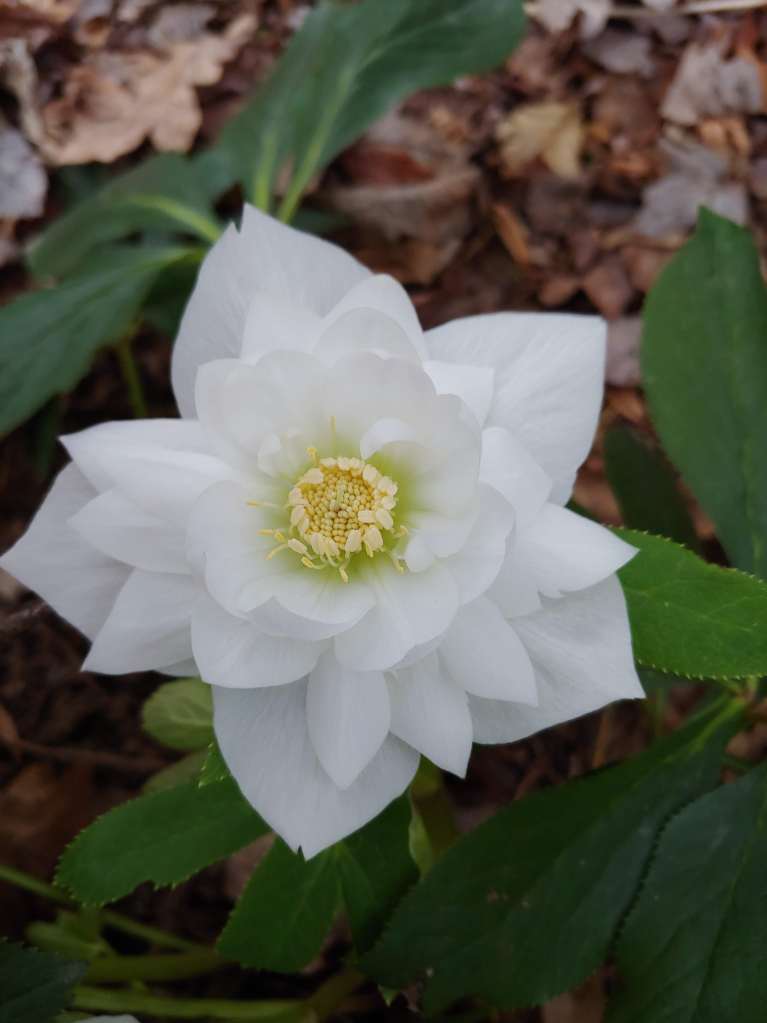
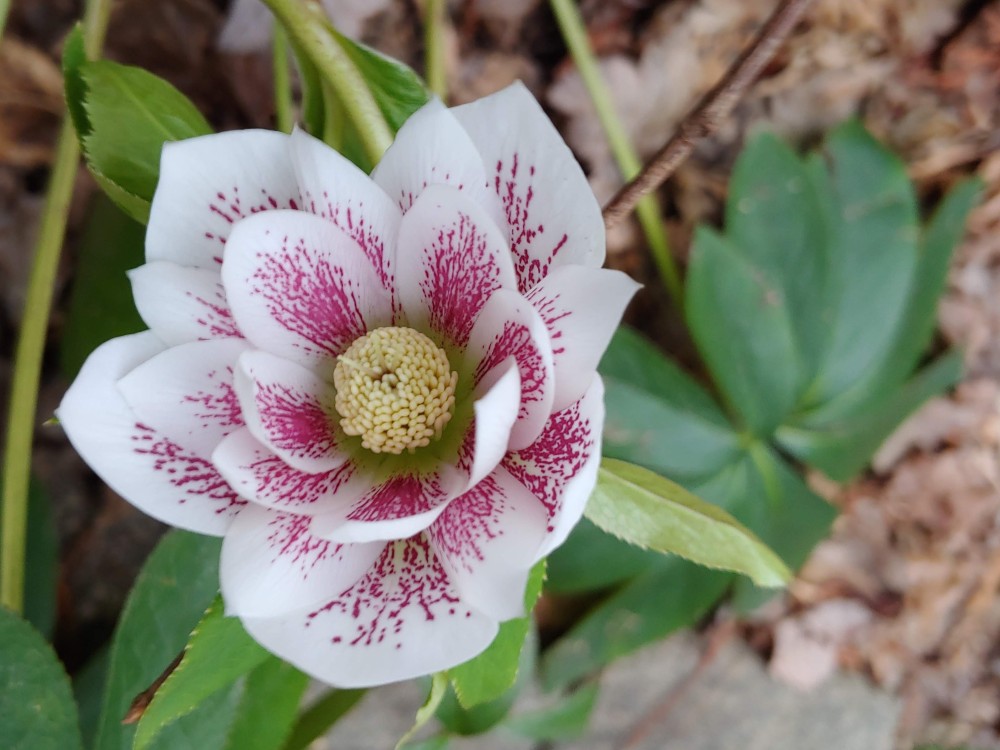
New additions will soon be on the way for planting in the next few weeks, and several hellebores are only beginning to show swelling buds, so these will not flower until late in the month. Most years, late flowering is early March, but this year I expect that will be at least a week earlier.
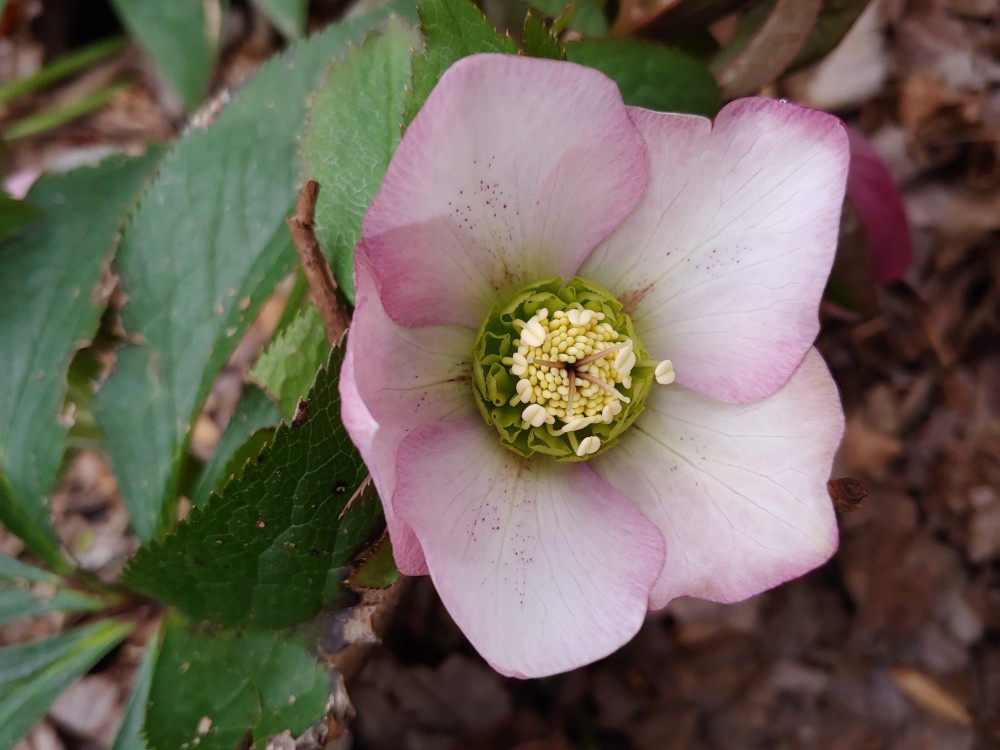
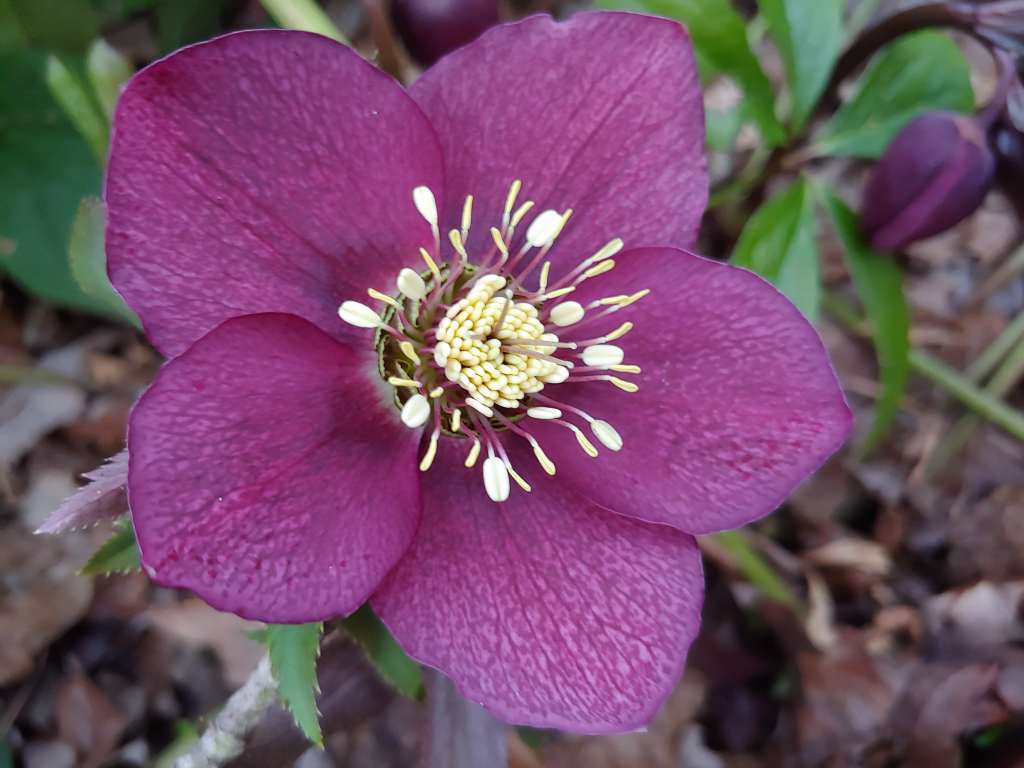
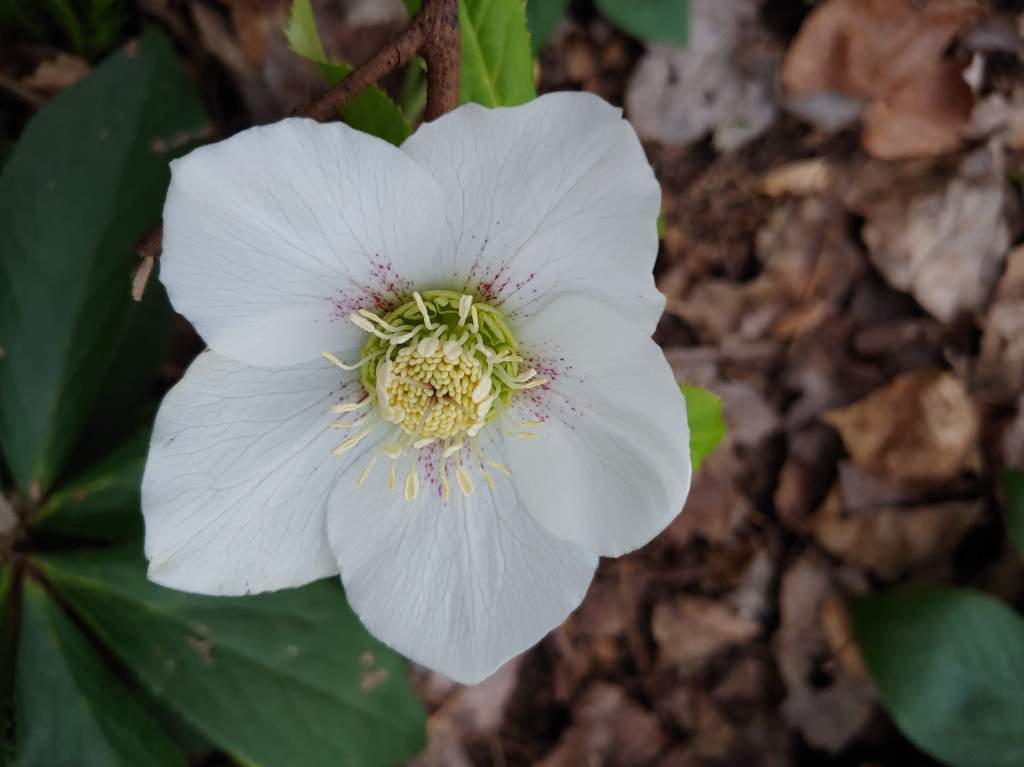
Why is it a problem if a garden lacks hellebores? Of course, it is not, but these are sturdy, low care perennials (though leaves are evergreen) that are tolerant of a range of conditions as long as the afternoon summer sun is avoided (also of little interest to deer). A hellebore or two passed along the front walk will brighten the mood every late winter day once flowers appear. My winter darkness is not so easily lightened, so I must have many dozens.
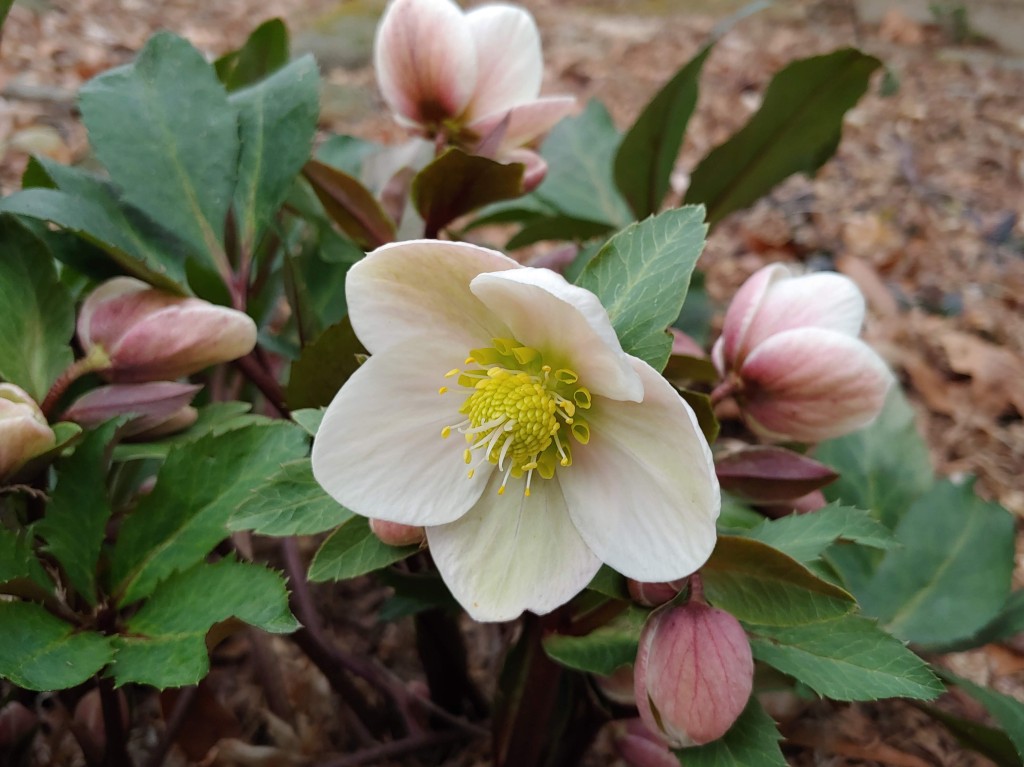
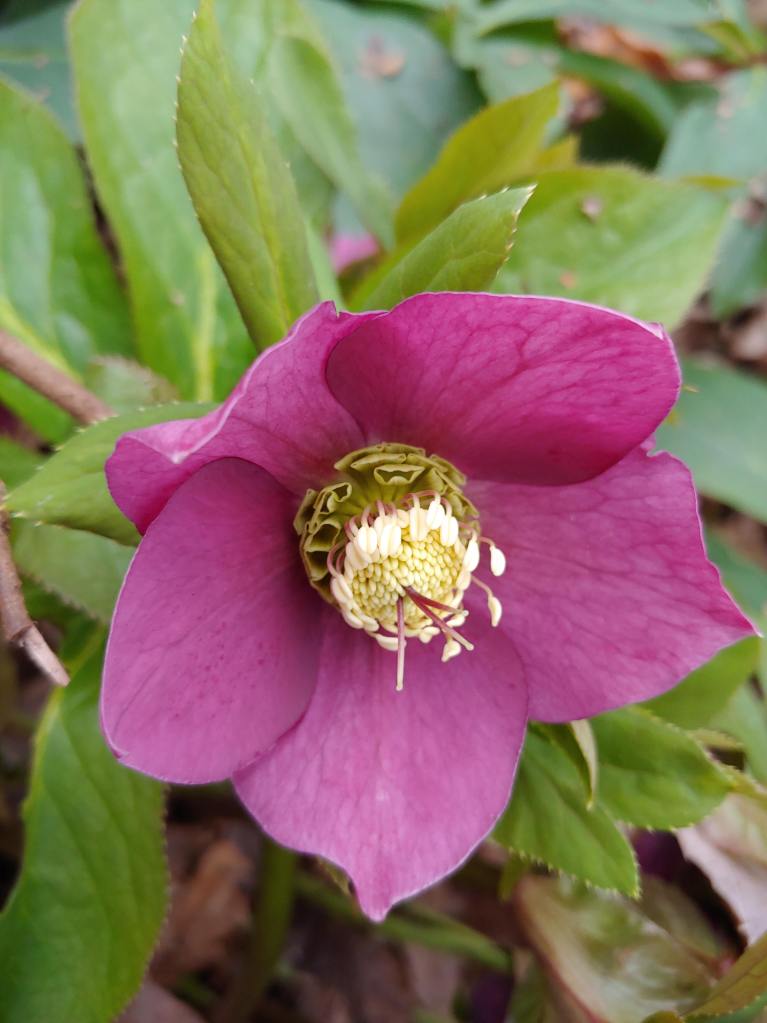
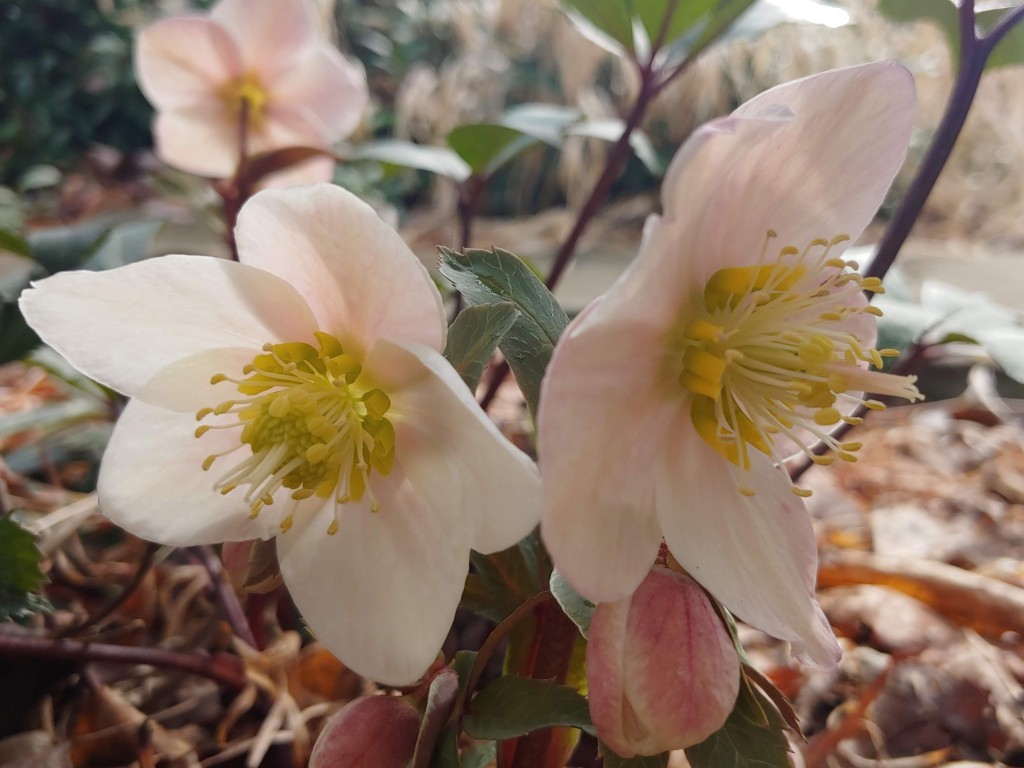
Beautiful! I’m enjoying the blossoms of dozens of hellebores in my own garden right now; most are self-sown volunteers, but I have added some named hybrids. Our local garden center has had an explosion of hellebores for sale, many new and different varieties. I’m experimenting with a small row of shorter ones as a groundcover over daffodils.
In a few days I’ll be writing about seedlings. I add new hellebores each year, but still, close to half are seedlings.
Absolutely beautiful specimens Dave!! Hellebores have become my new favorite, & I’m bent on developing a nice collection.. I currently have three well-established deep burgundy flowering “Royal Heritage” strain plants that have been in full bloom for nearly a month now, & an “Ivory Prince” purchased & planted this past Fall that’s loaded with buds. Also picked up a pot of pure white blooming “Lenten Rose” this past December from – of all places – Trader Joe’s that I’ll be popping into the ground as soon as the weather is more reliably above freezing.
I just adore these plants, particularly their deer-resistance, which is a necessity here.
I’m a sucker for a bargain. I bought three of the hellebores from Trader Joe’s just after Christmas (first and only time I’ve been there). Since the weather was right, I planted them immediately. They’ve done great, and haven’t been out of bloom since. In a more typical winter, I would have held these in the greenhouse until early March, but they adjusted to outdoors quickly and didn’t suffer at all. Others from the garden followed into bloom the second week of January, and now there are more flowering than I care to count.
No seedlings from any of mine yet, but I’ve only had the oldest group since 2017.
I think that many of the newer hybrids are sterile, so no seedlings. I think that the bulk of seedlings in this garden are from ones called Pine Knot selections. This line was seed grown, with seedlings similar in appearance to the parent plants. From this group I get dozens of off white (sometimes light green) and purple (sometimes nearly black) seedlings every year. I don’t care to grow hundreds of similar hellebores, but I do keep ones that pop up where there’s space to leave them, and transplant some of the others that grow in clusters.
Ah yes – Pine Knot Farms. I’ve been drooling over all their lovely Hellebores, & their prices seem to be more than reasonable compared to what local nurseries charge. Like 50% less. Am thinking I’ll be giving them a try for a couple of plants this coming season.
I bought some of Trader Joe’s hellebores too! Kept them inside for holiday decor, then planted them out in January, in an area where my teenaged son helped me unearth a lot of liriope. The longtime former owners of our house seem to have been inordinately fond of liriope, it’s everywhere and it gets into the flowerbeds if I don’t weed it out religiously.
My only problem with the Trader Joe’s hellebores is that they had no identification except to confirm they were hellebores. I’d like to know, even if I promptly forget. This is a common problem with plants from greenhouse growers. Rarely will there be any identification except sometimes a label along the lines of “mixed flowers”. I think they assume their customers don’t care, they just want pretty flowers
This sounds like Liriope spicata that must be planted only where nothing else will survive or it becomes a problem. Once, I planted the variegated version, Silver Dragon that is slower to invade, but eventually it reverts to the green, more aggressive version that becomes a problem. Other liriopes are clumping, so while they are overly common, they rarely become problems.
I vacillated re: planting mine out since at the time we were having some night temps in the low 20’s/teens & I was unsure if the plant would be able to establish itself. Its still in its pot outdoors on the deck, & I bring it inside if the temps are going to drop well below freezing. But if current temps continue, I may just bite the plant-out bullet & get it in the ground, as it’s starting to look a little ratty (although still blooming).
Glad to see there are others (non-professionals like me) who are content to buy “bargains” at a big-box store and give these Hellebores a go in our dry shade, wooded areas. We’ve got probably six plants that have thrived and bloomed over the years, some more vigorously than others, though I don’t know why. One of them died back to almost nothing one year, then came back as a Frankenstein. Leaves were NOT the same shape as previously, and easily twice as large. And, they don’t bloom. Go figure. Still entertaining to watch.
Some hellebores in this garden grow vigorously, some very little. Much of this is due to breeding, and some is due to environmental conditions (degree of sunlight, moisture). When I can afford it, I plant more than one plant in varying conditions, though hellebores are sturdy and adaptable enough that I don’t have to worry about it as much as with many other plants. I’ve had a very occasional problem with hellebores failing, I suspect due to excessive moisture though they were not in wet areas. Just as with other plant introductions, there are probably hellebores that lack toughness due to their breeding.
I like hellebores, BUT the main problem I have with them is that their blooms face down, so you can’t see their full beauty. What trick is used to make their blooms face sideways or up?
I believe it depends on the breeding/variety. Most of the older/heirloom types have downward-facing blooms or blooms that are all or partially hidden underneath the foliage. However, most of the newer types have upward/outward-facing blooms or longer bloom stems that rise quite a bit above the foliage. Some now have stems that even make it possible to use the blooms in cut-flower arrangements.
Here, all the flowering seedlings have nodding flowers. I’ve recently seen a few one year, non flowering sized seedlings clustered beneath hellebores with outward facing flowers, so not all are sterile.
There are no tricks. Many newer introductions have outward or upward facing blooms, but older ones that face down will not face up without being propped.
Oh, we certainly have hellebores here, but I would prefer if we did not. They were trendy a while back, and have gotten established here, so I can not bear to get rid of them now. However, they are not very happy in our climate. In the future, we may move some to a spot where they seem to perform better. They do self so, and the seedlings are delightfully variable. (I do not remember those we grew on the farm being this variable.)
I think these are the only plants I am missing as soon as the ice disappears I will do something about that 🙂
Long lasting, late winter flowers. No pests, diseases, or deer problems. It’s a can’t miss.
I was talking to Cathy another blogger and she was also singing their praises 🙂
Never thought about winter flowers. Thanks for the tip, I will look into them to see where I can add them to my flower beds.
Your area is slightly colder than here, so hellebores should be easily cold hardy for you. Most are nearly indestructible, and deer resistant. They prefer part sun to part shade. In a typical year they should flower for you in very late February to early March.
I’ll certainly take a look at them. I’ve never heard of hellebores. Hopefully, I can find them at the local nursery. Have a great day!